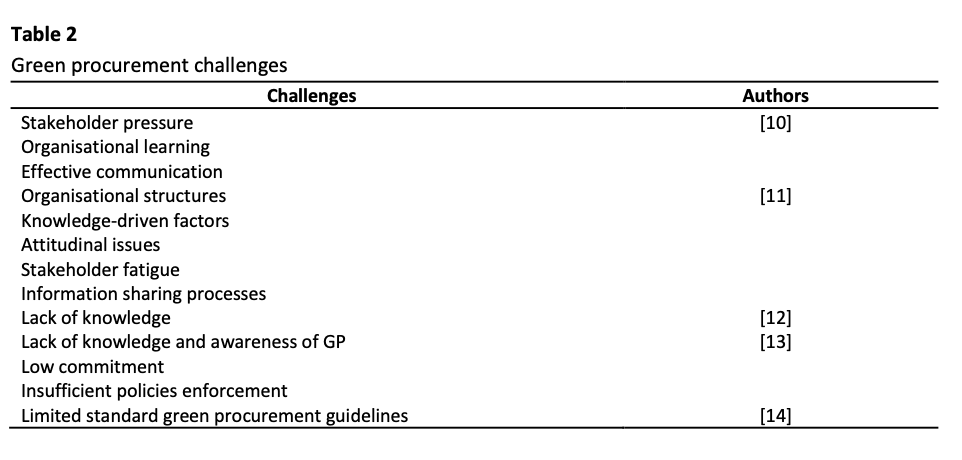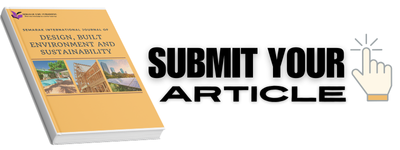Exploring The Nexus of Quadruple Helix Model: Driving Green Procurement Procurement in Construction Sector
Keywords:
Green, procurement, Quadruple Helix Model, stakeholders, collaboration, construction, projectsAbstract
Green procurement procures products, services, and works to minimise the negative impacts throughout their life cycle. It is a concept introduced as a way forward towards a greener approach that aligns with Agenda 21 towards sustainable development. The 12th Malaysia Plan emphasised the Malaysian government’s strategic commitment to integrate environmental considerations into its procurement processes. This shows Malaysia’s commitment towards sustainable, greener development and promoting environmentally responsible practices in the construction sector. However, there are several challenges faced by the industry in green procurement (GP) implementation, such as a lack of engagement, commitment, low awareness, and knowledge among the construction stakeholders. Effective stakeholder engagement is essential to overcome these challenges and achieve successful green procurement implementation. There are limited frameworks for stakeholder engagement, especially to comprehensively integrate the diverse perspectives and roles of all relevant stakeholders, particularly in the context of complex construction projects. This review paper explores the potential of Quadruple Helix Model integration of construction stakeholders as a framework for driving green procurement implementation in construction projects. This study employs an integrative literature review synthesising existing research and findings, providing a comprehensive framework for understanding different levels of stakeholder collaboration. It also focuses on the important role of the main actors in construction, namely the government, construction industry, academia, and civil society in green procurement implementation. The findings highlight the importance of collaborative approaches among construction stakeholders and their interrelationships in facilitating effective green procurement practices through policy enforcement, regulatory framework, compliance, research and development, awareness, and knowledge among stakeholders. The Quadruple Helix Model aligns with sustainable development and serves as a basis framework to unite diverse stakeholders in shaping a greener and more sustainable future for construction projects.









